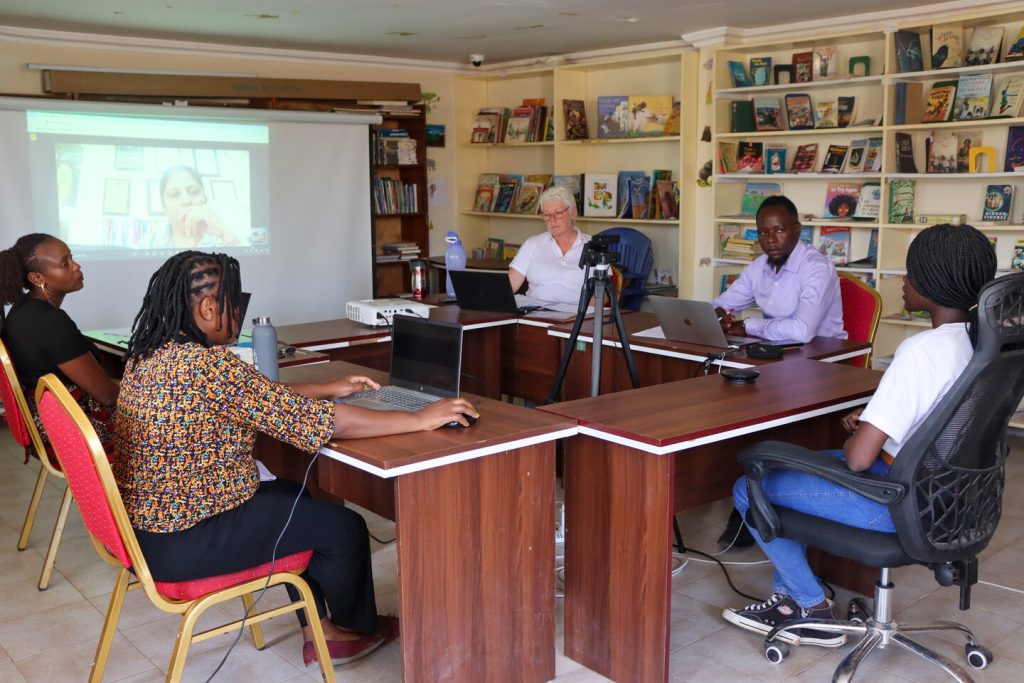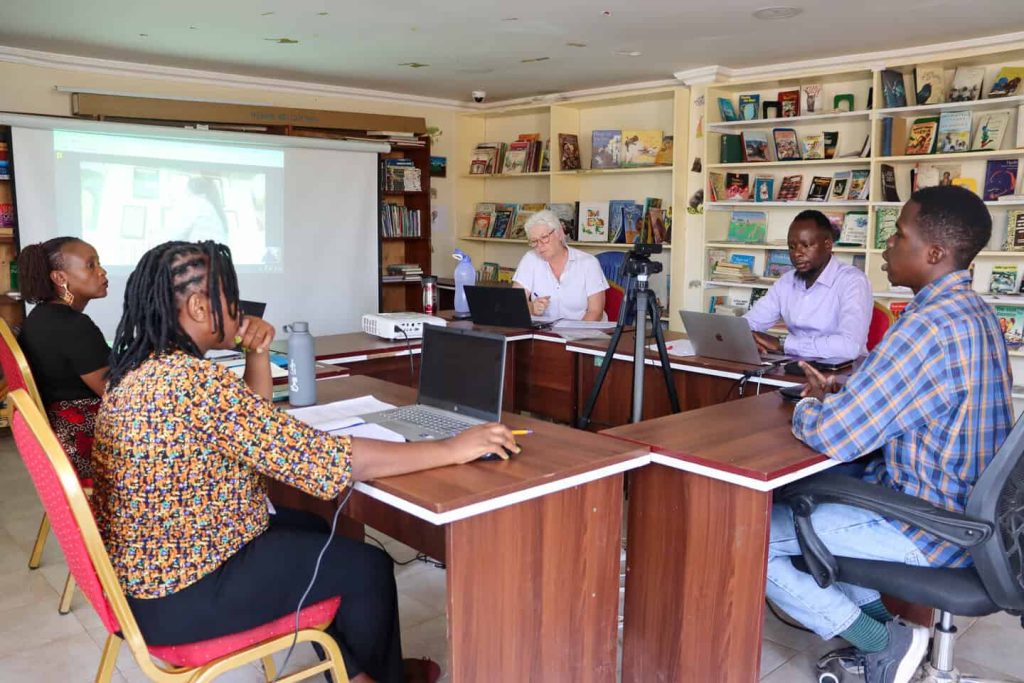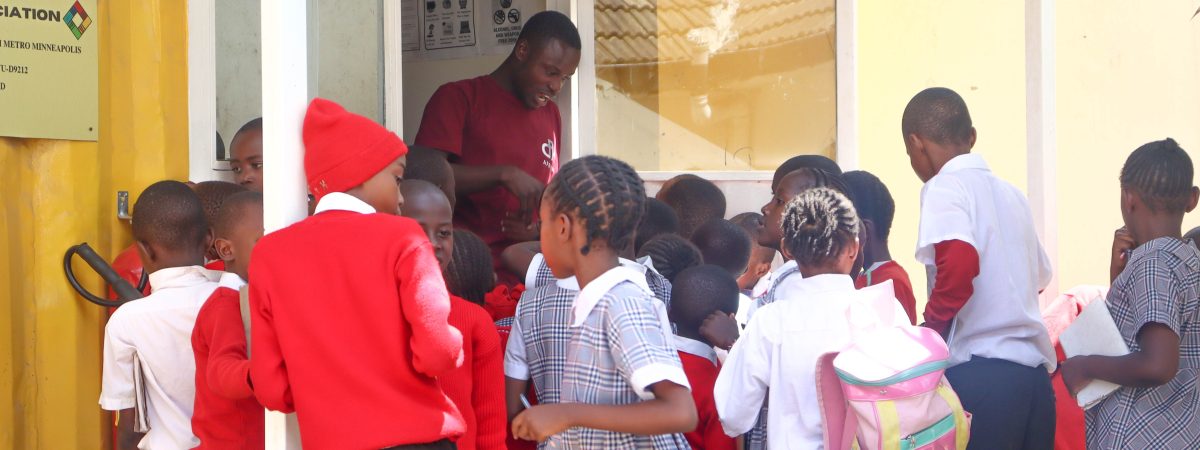Our main purpose is to provide education to our students so that they can transform their lives. This is achieved by paying school fees, providing school supplies and school uniforms. Our education program includes primary, secondary, and post-secondary departments. Our philosophy is to work with children until they are employable in the Kenyan job market. Although we don’t own or operate any schools, we partner with schools that have a demonstrated track record of delivering strong academic outcomes.
Primary Schools
Children joining our program are normally in primary school (Classes 2, 3 or 4). We work with a small number of private schools that have a track record of delivering strong academic performance. Our students attend one of our focus primary schools which are day schools geographically dispersed in the Dagoretti slum. A very small number of children whose home situations become especially challenging are sent to a primary-level boarding school.
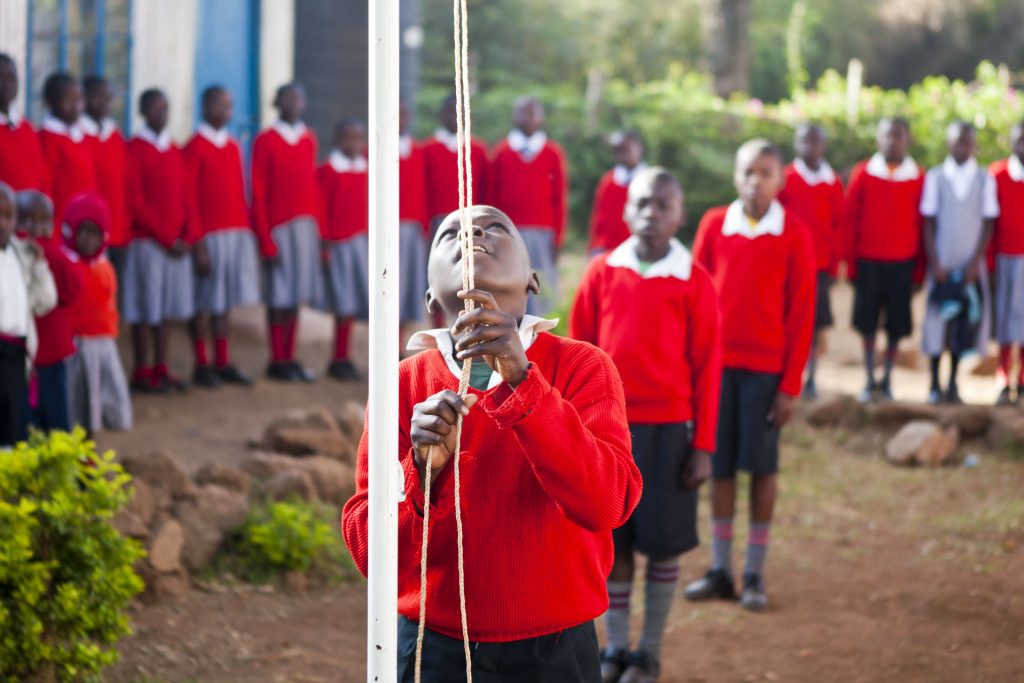
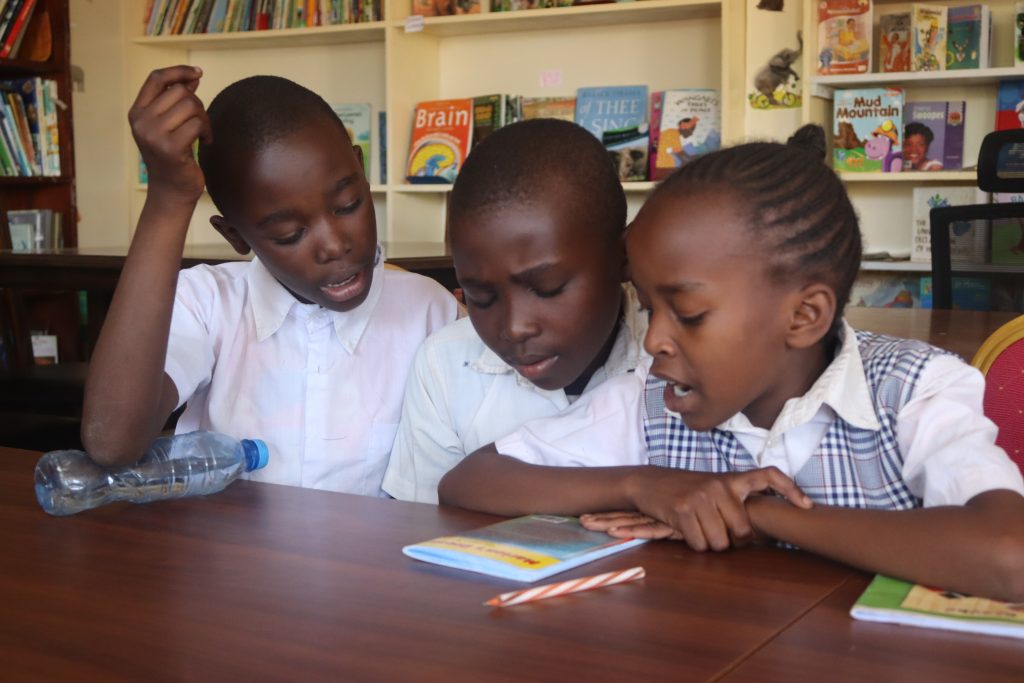
Secondary (High) Schools
Our philosophy at the high school level is to send students to any public National schools that they qualify to join. These are typically boarding schools and are tiered based on the primary final scores.
At the end of Form 4, all graduating students take the Kenya Certificate of Secondary Education (KCSE) Exam. The average score on the KCSE determines which post-secondary educational opportunities are open to the student and what kind of employment they can pursue.
As part of the transition to a Competency-Based Curriculum (CBC), Secondary will be divided into Junior Secondary (Grade 7-9) and Senior Secondary (Grade 10-12). The KCSE will likely no longer be used after CBC is fully implemented, but we will adapt to the new system and assist students in making plans for post-secondary education.
Trade Schools
When a students score an E for three consecutive terms in Form two, we send them to trade school. In trade school, boys can learn to become a mechanic, carpenter or plumber. Girls learn to become a hairdresser among other craft courses. The following are the institutions that we are currently partnering with;
Don Bosco Karen,
Technical Training Institute,
NITA-National Industrial Training Authority
Post-Secondary School
When students finish high school, we ask them to decide whether they choose to enroll in the post-secondary program. By enrolling in the post-secondary program, they commit to certain activities and in return receive ongoing support from their sponsor for additional education. Students develop a proposal for the type of post-secondary program they would like to attend. They visit schools and apply. They receive their final grades in April and then are ready to finalize applications to the post-secondary program of their choice. By the end of May, students prepare to present their plan to the Scholarship Committee. Once the Scholarship Committee has endorsed their plan, we communicate it to sponsors. Post Secondary has three levels; Four year Degree program, Diploma program that goes or two to three years or Certificate program that goes for 6 months
